Many folks are preparing to visit the Progressive International Motorcycle Show at New York’s Javits Center next weekend. Most attend to get a break from the cold 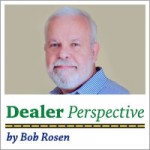 weather and to get a fix for their motorcycle addiction, but some attend with the serious objective of “pre-shopping” for their next bike.
weather and to get a fix for their motorcycle addiction, but some attend with the serious objective of “pre-shopping” for their next bike.
There’s no better place to see the broad array of the machinery vying for your hard-earned cash, and there are always new models that will be seen for the first time at the show.
Besides all of the usual elements to consider about your choice of machine, another issue begs for your consideration: Where is my nearest dealer?
Also how’s their reputation for customer service, fair pricing, quality of repairs, stocking level of accessories, etc.?
If you live in a high-density urban area such as Boston or New York, there’s a better chance of your brand of choice being sold by one or more dealers within easy reach. If you live in Hartford, you also have a decent chance of finding a specific dealer nearby, although your selection will be limited.
If you live further afield, such as northern New England or upstate New York, you’ll be travelling a lot farther for a similar choice of dealerships.
Why is this so? With such a popular sport, why can’t motorcyclists have more dealers from which to choose? There are multiple reasons, most of which are connected to the idea of a motorcycle dealership being a business that, like most businesses, needs to make a profit on sales to stick around. The whole issue has to start with an understanding of local market conditions.
All of the motorcycle manufacturers have access to very detailed data that break down existing sales of motorcycles by geographic area – typically zip by code. Additionally, the data show sales by type (cruiser, off-road, sport, etc.), engine displacement, and brand.
With this information, a manufacturer (and prospective or existing dealers) can get a solid understanding of how their business should be performing. Over and above selling activity, they also have access to data that shows how many of each brand and type are already owned in any given area – usually called “units in service.” This helps manufacturers and dealers get an understanding of how many of their particular brand can be found in owners’ garages already and will be candidates for service work or parts and accessories sales.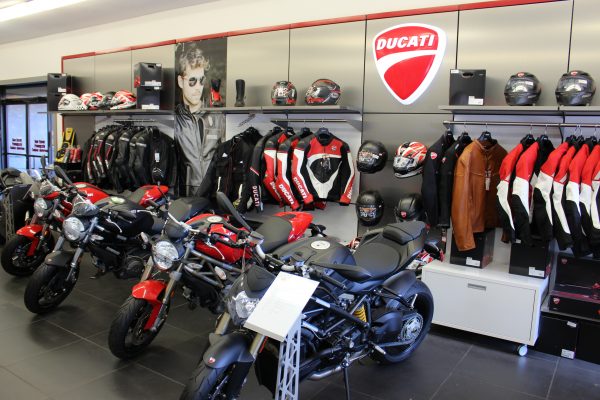
Once they have a general understanding of how much business might be available in a given area, manufacturers and dealers set to the difficult task of forecasting how much volume the dealership can expect to experience. This exercise is the classic combination of real-world facts and pure speculation.
While the market data might be pretty accurate, guessing what will really happen in the dealership is a whole other story. Before investing in a new dealership, most savvy owners will develop a detailed financial forecast of how they think the business will perform.
This takes into account all of the foreseeable cost elements associated with the business (real estate, inventory, personnel, operating costs, etc.) and stacks them up against the best estimates for sales of bikes, service labor, apparel, and parts and accessories. If there’s something left over after all the expenses have been accounted for, then we can project a profitable business – one that might actually make sense.
Another important consideration is the current situation regarding competing dealers already established in the area. Do we think we can take volume from them and how? Or do we think there is sufficient unmet demand for our products that we can build incremental new sales?
From the manufacturers point of view they’re really only interested in building new volume in a region. Simply trading the same amount of sales from one dealer to another doesn’t do anything to increase the manufacturer’s sales volume or build market share.
Considering the above, it’s easy to see why there are big geographic gaps between some brands’ dealerships. The sales volume experienced by, say, Harley-Davidson or Honda is on a whole different scale when compared to one of the European companies.
In the end, the dealership still has to make sense from a financial point of view. If the bottom line stays in the black, with enough profit to justify its existence, then we can expect to see our local dealers stay in business. And, maybe, even see a few more join them.
 Ride CT & Ride New England Serving New England, NYC and The Hudson Valley!
Ride CT & Ride New England Serving New England, NYC and The Hudson Valley!

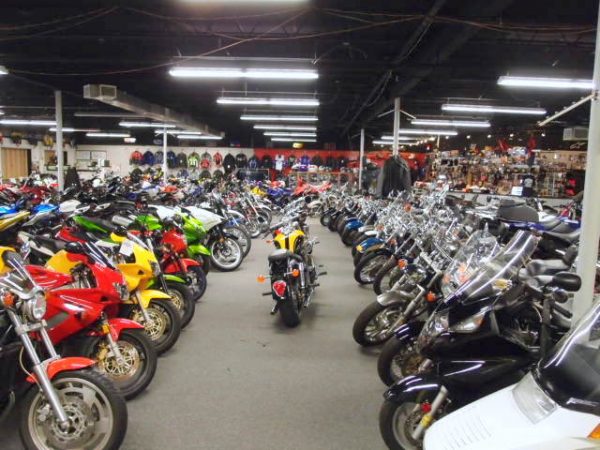
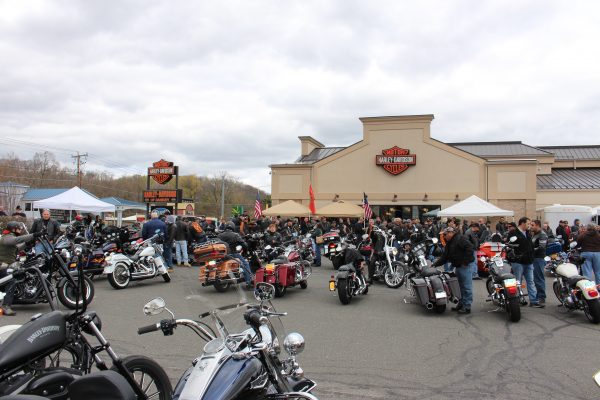
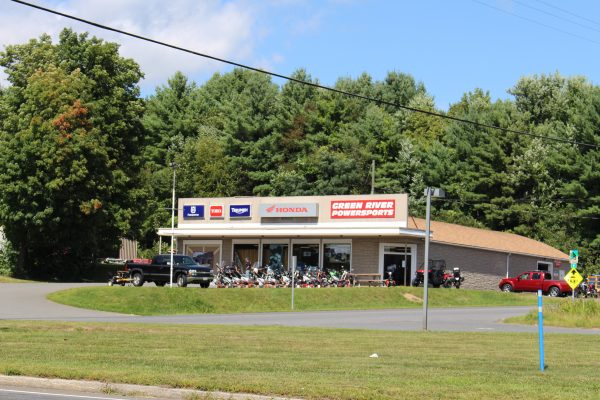

Sad but true Bud, long gone are the days of the small dealer. The manufacturers are doing to motorcycle dealers what Home Depot did to your local hardware stores and CVS did to the neighborhood pharmacy, you get the picture. I bought my first motorcycle from Bud Smith a small Harley shop on Straits Turnpike in Watertown in 1969, a nice blue Sportster that I rode for 12 years. I bought all my parts there too. The good old Oh yes I miss the good old days. I do go to the show in New York but I’ll probably never buy another new bike, I’m stuck in the past my oldest bike a 1933 and my newest a 1999 and I’m good with that